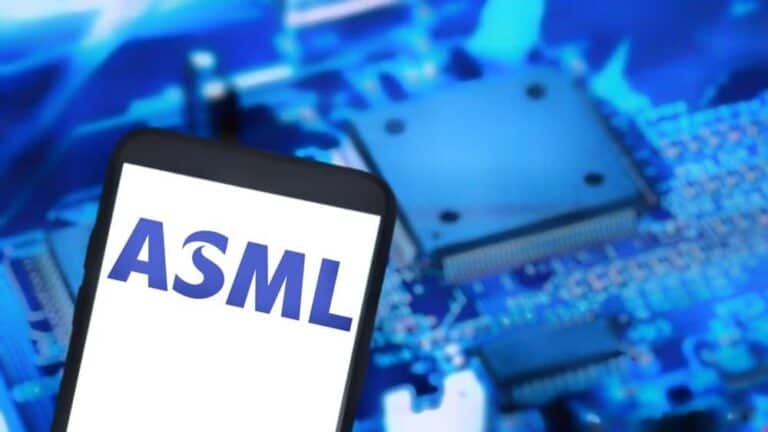The ambitious plans to grow ASML and the Dutch chip industry are being hampered by slow decision-making, gridlock and European nitrogen regulations. The multi-billion package dubbed ‘Project Beethoven’ is running into fundamental obstacles, while the international competition is heating up.
The Eindhoven region, known as the nearest Dutch equivalent to Silicon Valley, is facing a crucial challenge. The 2.5 billion euro rescue plan drawn up in 2024 to anchor ASML and the entire chip sector in the Netherlands threatens to get bogged down in a morass of procedures and practical limitations. The alarm bell is being sounded by various stakeholders, including Mayor Jeroen Dijsselbloem to the Dutch publication De Telegraaf.
Nitrogen as a showstopper
“We cannot wait until this cabinet falls or until a solution is found in a few years,” says Dijsselbloem about the nitrogen problem, affecting European nations across the board and hitting Dutch building projects hard. He opposes the ongoing “denial or dismissal” of the issues.
Giovanni Wouters, secretary-director of the Eindhoven Metropolitan Region, confirms that nitrogen could become an “absolute showstopper”. He concludes: “Ultimately, it is up to the government to fundamentally address this problem.” If not, all plans will come to a standstill, he says.
The problem has symptoms that strongly resemble the ongoing struggles in other sectors. For example, the nitrogen issue has already halted Dutch building projects across the board. Now, it threatens to paralyze the entire ASML growth strategy, forcing the company to devise alternative solutions, which are located outside the Netherlands.
Power grid cannot handle demand
Another familiar problem is grid congestion. ASML and other companies are running up against an overloaded power grid when it comes to expansion plans. In June 2024, the Eindhoven city council gave the green light for the development of the Brainport Industries Campus (BIC) near Eindhoven Airport, which should provide space for some 20,000 additional jobs. But the necessary electricity infrastructure is lacking.
As Wouters tells De Telegraaf, this results in an enormous task. In six years, 116 new medium-voltage stations would be needed, and they would have to be built without disturbing local residents.
The Eindhoven city council had already expressed concerns about ASML’s expansion plans. Some council members found it problematic that they had to say ‘yes’ first, while the consequences for the municipality’s quality of life were unclear.
Housing shortage hinders growth
The housing shortage, another local issue, also plays a role here. Wouters mentions that 60,000 homes are needed before 2030, 17,000 of which are directly from Project Beethoven. The current trend shows that only half of the intended number of homes will be realized.
ASML is also trying to contribute. The company has previously invested in the construction of affordable housing in the region, on a non-profit basis and not intended for its own staff. This approach helps project developers to realize affordable housing, which should ease the pressure on the regional housing market.
ASML dependence
ASML is still nervous about the situation, although CEO Christophe Fouquet is less outspoken in the media than his predecessor Peter Wennink. There seems to be no question of a complete departure from the Netherlands, but growth opportunities could be exploited elsewhere.
ASML is also losing potential employees to parties such as the Taiwanese chip giant TSMC. This is partly due to a decline in the number of international students. The Netherlands, therefore, has to compete with countries such as the US, Germany and South Korea, says Robert-Jan Smits, chairman of the board of Eindhoven University of Technology.
As an international monopolist in a critical industry, it is difficult to express the value of ASML to the Netherlands in exact figures. Without the chip machine manufacturer, companies like TSMC, Samsung and Intel Foundry cannot compete for the most advanced processors in the world. With the introduction of High-NA EUV lithography, the technology behind the most precise chip manufacturing currently possible, a new arms race has emerged. If ASML were to lose its Dutch character, the Netherlands would lose its most valuable company, financial or otherwise.
Also read: ASML: from a leaky shed to the chip industry’s key player
